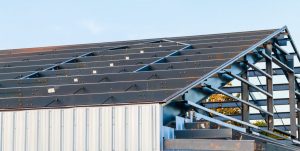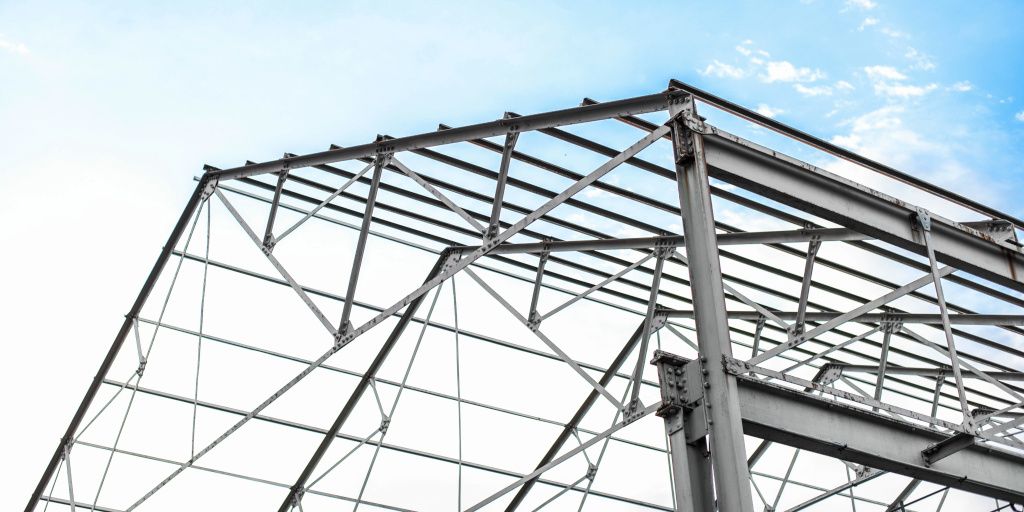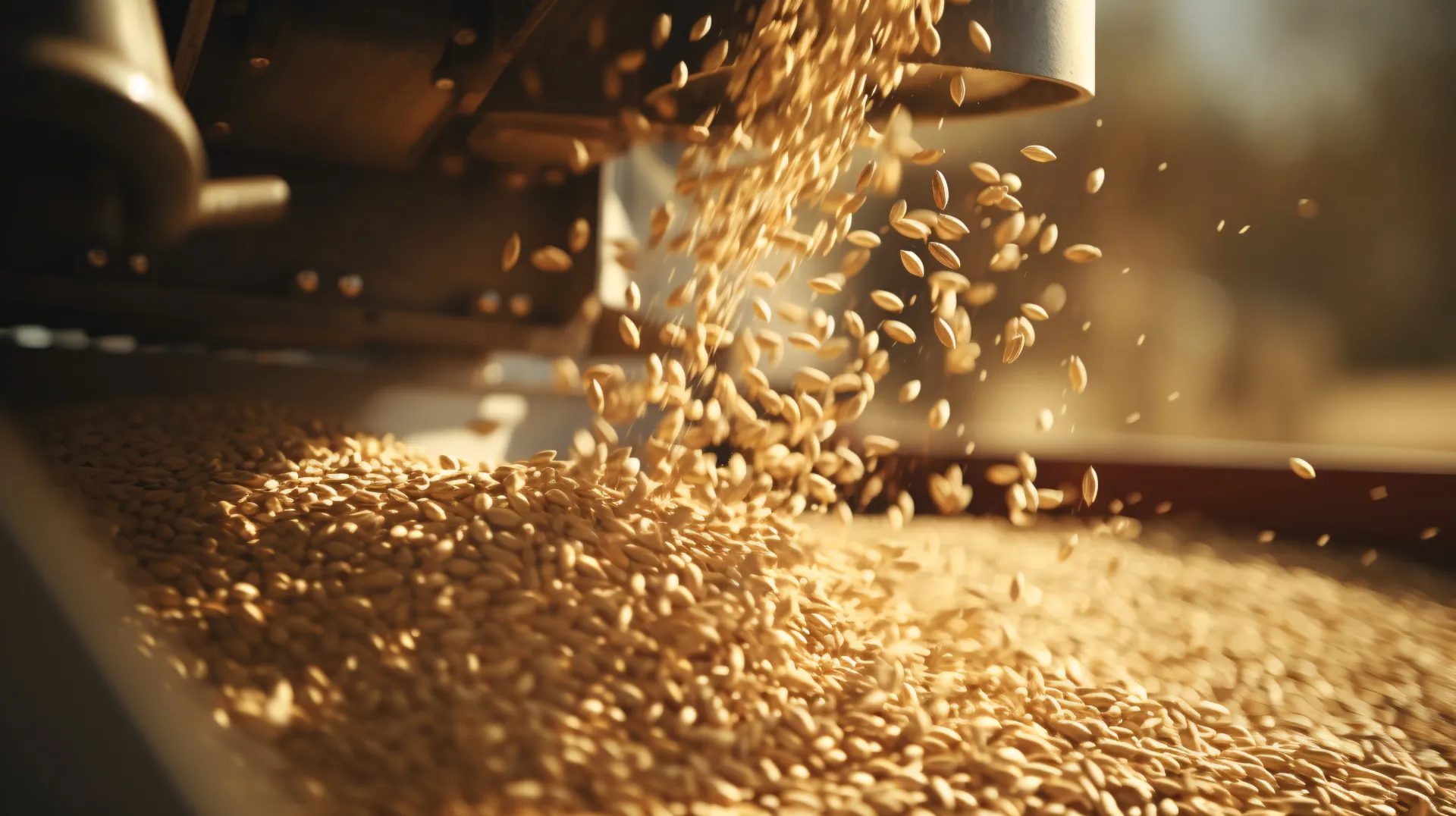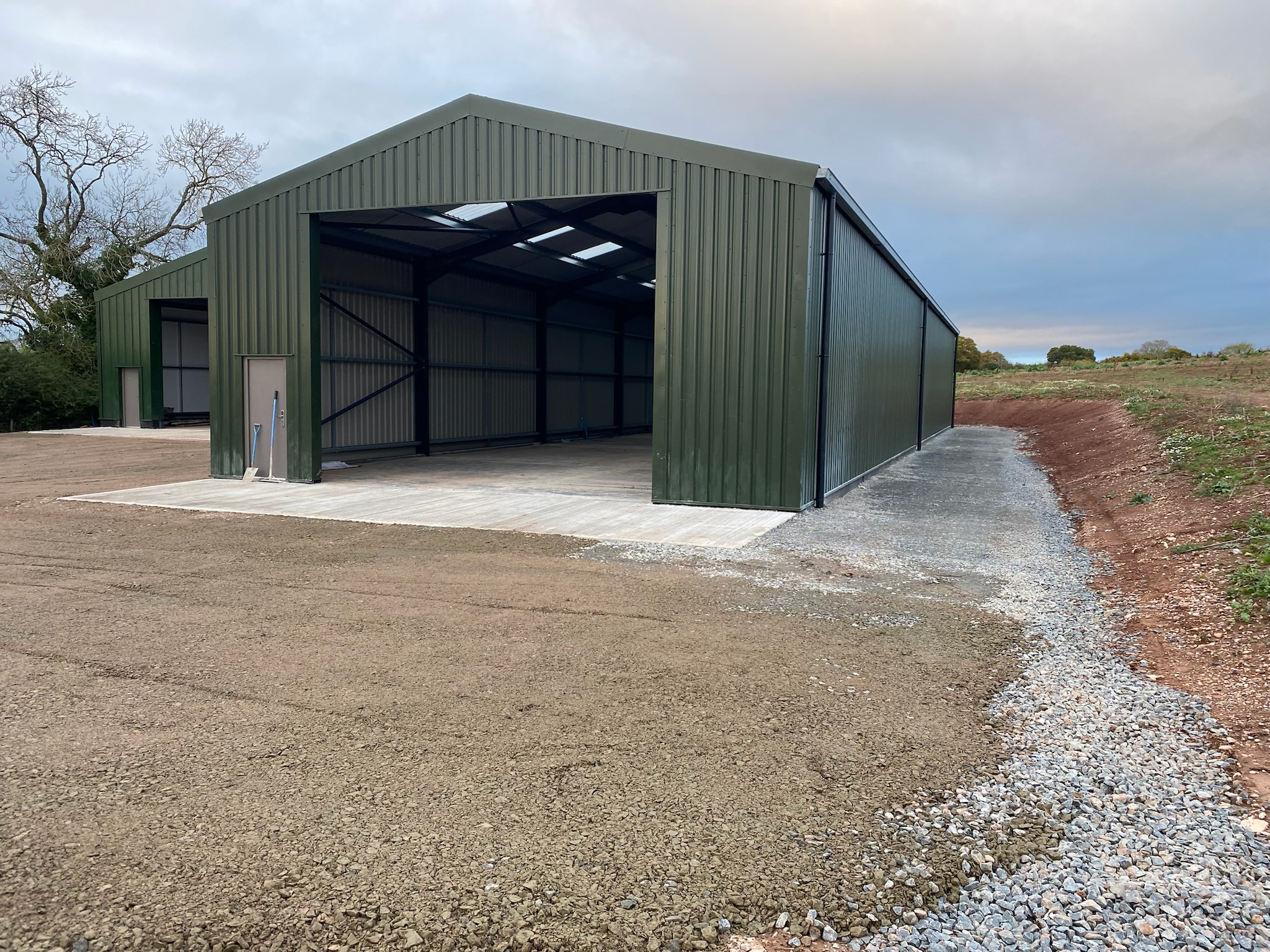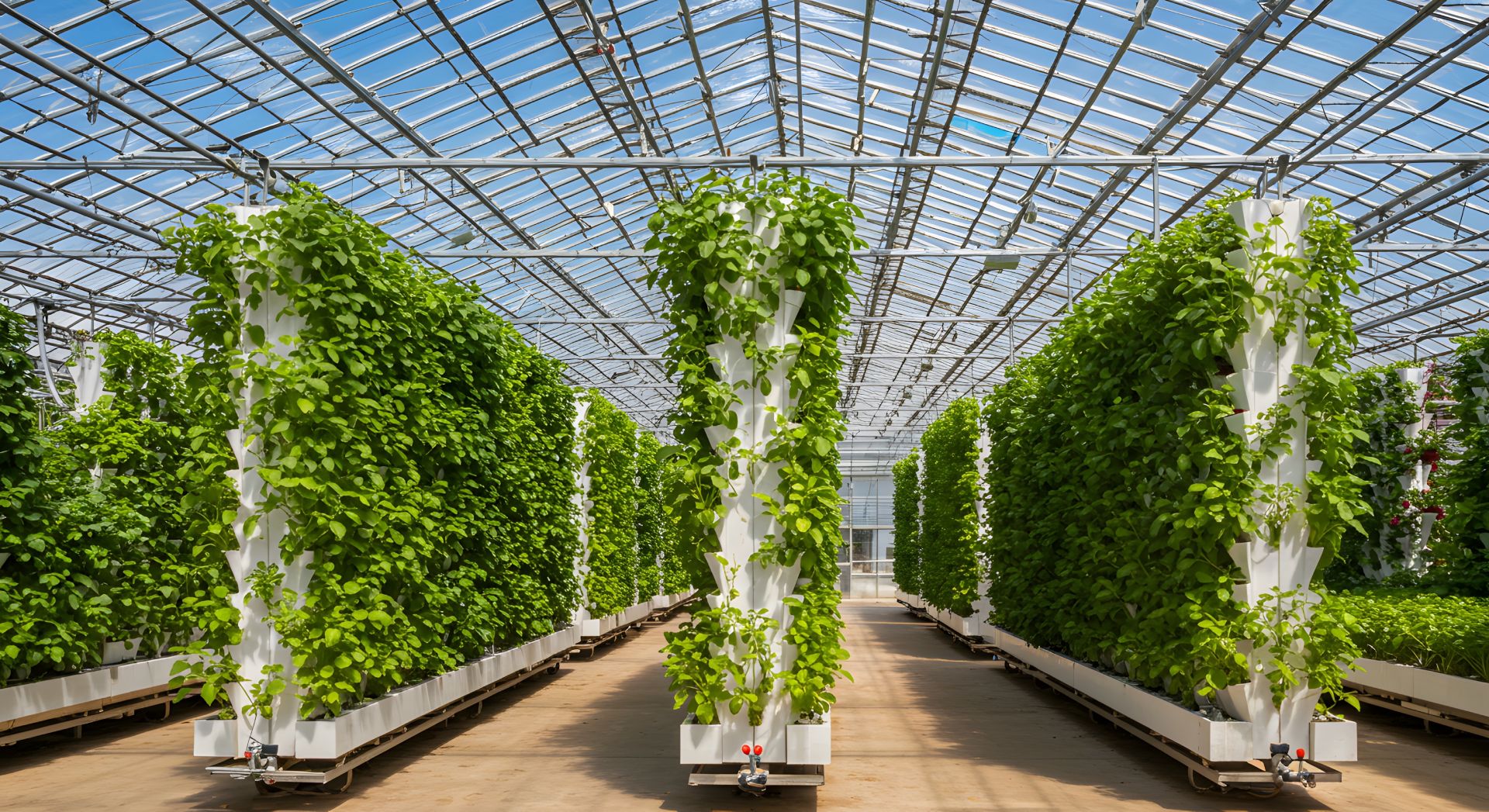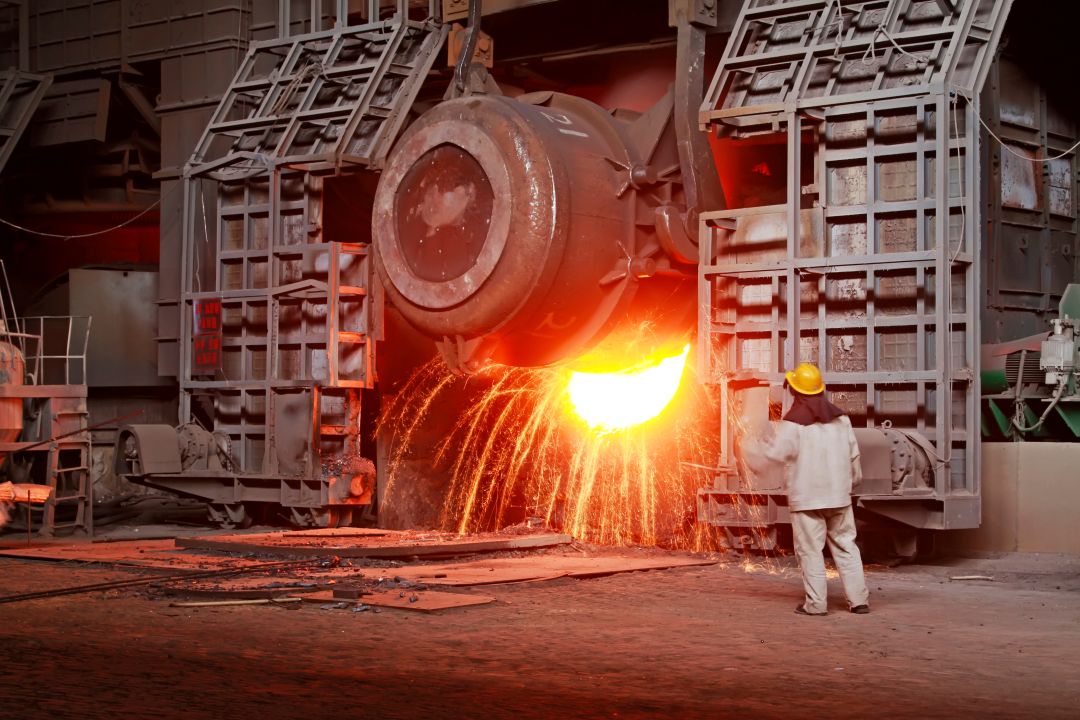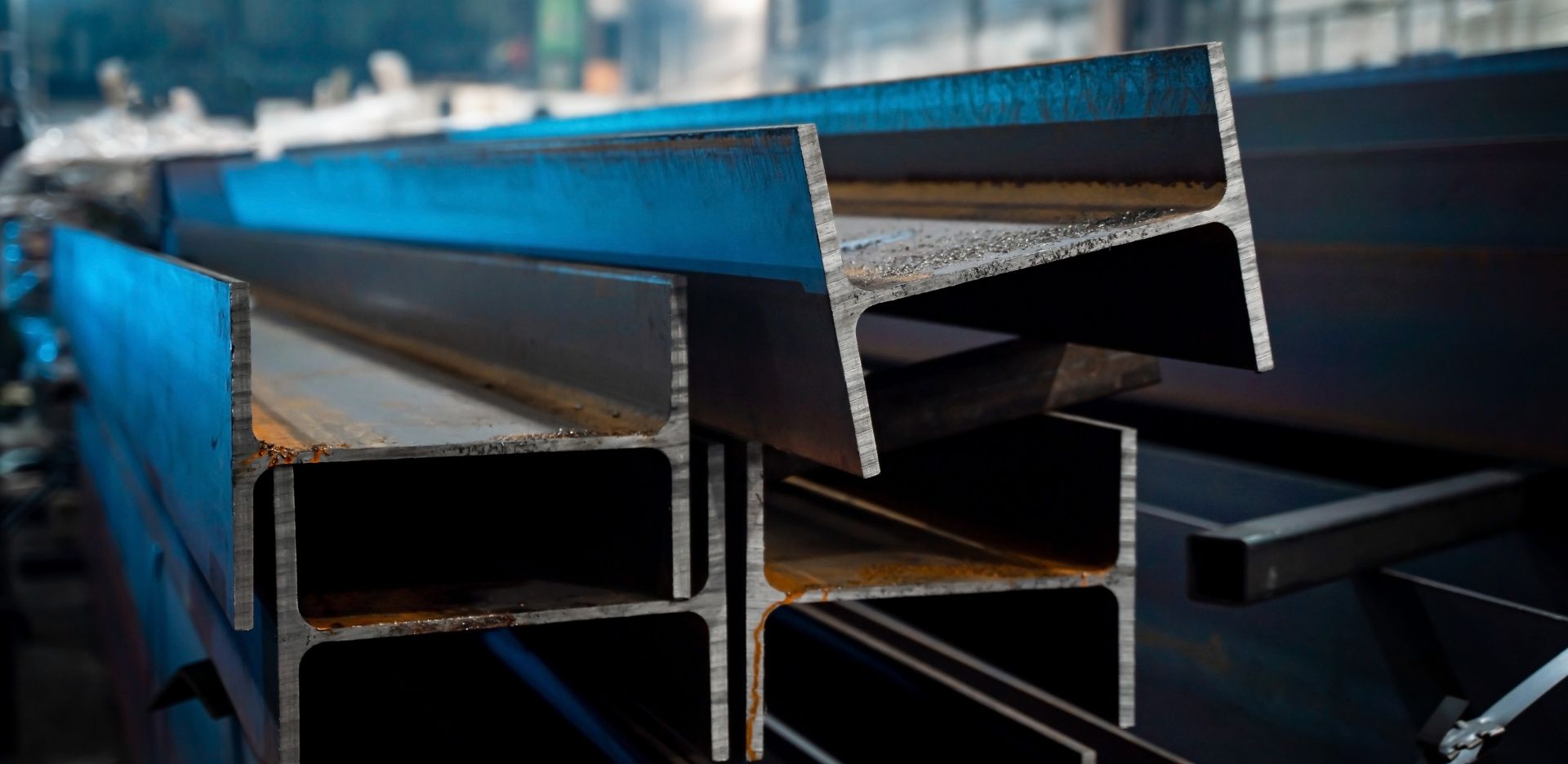Steel-framed buildings have become a popular choice across commercial, agricultural and industrial sectors, thanks to their strength, long lifespan and adaptability.
As organisations continue to focus on energy efficiency and cost reduction, pairing these structures with solar technology has become an increasingly attractive option.
Solar panels offer a dependable way to generate clean energy while reducing long-term electricity costs, making them a natural fit for modern steel buildings.
The combination of steel and solar power also aligns with the UK’s push towards renewable energy adoption.
With rising energy prices and growing environmental responsibilities, many property owners are exploring ways to future-proof their buildings.
Integrating solar panels at the construction stage or retrofitting them later provides a practical and sustainable solution that enhances both performance and value.
The Advantages of Installing Solar Panels on Steel Structures
Steel buildings are well suited to solar installations due to their impressive load-bearing capacity.
The structural integrity of steel means panels can be mounted securely without risking damage or compromising safety.
This strength also supports a variety of mounting systems, offering greater flexibility than many traditional materials.
Another advantage is the durability of steel. Unlike timber or older roof materials, steel does not warp or degrade in the same way over time.
This ensures that the connection points for solar bolts and brackets remain secure throughout the lifespan of the system.
Ultimately, the stability provided by a steel framework helps create an ideal environment for long-term solar performance.
Assessing Structural Suitability
Before installing solar panels, it is essential to assess the building’s roof orientation and pitch. South-facing roofs typically generate the highest energy output, but suitable systems can also work on east- or west-facing surfaces.
The roof angle affects how much sunlight the panels capture, so understanding this at the outset helps maximise efficiency and return on investment.
In addition to orientation, an engineer must consider wind loads, snow loads and overall roof condition. Steel buildings generally perform well in these areas, but every site has unique factors to account for.
A thorough survey ensures that the structure can safely support the additional weight while maintaining compliance with industry standards.
Choosing the Right Solar Technology
When selecting solar technology for a steel-framed building, traditionally mounted panels remain the most common choice.
These are widely available, cost-effective and compatible with most metal roof profiles. They offer reliable performance and can be sized according to the building’s energy needs.
However, newer lightweight panel options and integrated solar roofing systems are also becoming popular.
These alternatives reduce stress on the structure and can improve the overall aesthetic of the building. Their lighter design makes installation simpler and, in some cases, more economical, depending on the project requirements.
Roof Types and Mounting Systems
Steel buildings often feature roof profiles such as box-profile sheeting or standing seam panels. Each requires a different approach for mounting solar panels safely and effectively.
Standing seam roofs are particularly well suited, as clamps can attach to seams without penetrating the metal, reducing the risk of leaks.
For box-profile roofs, installers typically use specialist brackets that fasten securely to the roof surface.
These systems are designed to maintain weather resistance and ensure a robust connection. Choosing the correct mounting solution helps enhance the longevity and efficiency of the solar installation.
Energy Efficiency and Performance Benefits
Integrating solar panels offers significant savings by reducing reliance on the national grid. Many businesses find that solar power dramatically lowers their electricity bills, especially during peak daytime usage.
Over time, this contributes to more predictable operating costs and improved financial stability.
Beyond economic benefits, solar energy helps steel-framed buildings achieve higher environmental performance standards.
Generating clean power lowers carbon emissions and supports sustainability targets. For organisations looking to improve their green credentials, solar energy provides a highly effective solution.
Planning and Regulatory Considerations
In the UK, some solar installations may fall under permitted development, but larger systems or installations in specific locations may require planning permission.
It is crucial to check local regulations before beginning work to avoid delays or compliance issues. Agricultural and industrial sites often have more flexibility, but verification is always recommended.
Grid connection requirements also need careful attention. Depending on the system size, approval from the Distribution Network Operator may be needed.
Ensuring compliance with building regulations is equally important, particularly in relation to electrical safety and structural integrity.
Maintenance and Long-Term Care
One major benefit of solar technology is its low maintenance requirements. Panels generally only need occasional cleaning to keep them operating efficiently.
Dirt, debris and bird droppings can reduce performance over time, so periodic inspections are advisable.
Steel buildings also require minimal upkeep, which complements the longevity of a solar system. Regular roof checks help ensure that mounting brackets and fixings remain secure.
By carrying out simple routine maintenance, property owners can maximise the lifespan and output of their solar investment.
Cost Considerations and Return on Investment
The initial cost of installing solar panels varies depending on the size of the system and the technology chosen.
While the upfront expense can appear substantial, many businesses benefit from rapid payback periods thanks to reduced energy bills. Rising electricity prices further increase the long-term value of solar power.
There may also be grants or incentives available to support renewable energy adoption.
Combined with potential tax benefits and increased property value, the financial case for solar integration becomes even stronger. Over the lifetime of the system, many owners experience significant cumulative savings.
Conclusion
Combining solar technology with steel-framed buildings offers a practical and sustainable way to reduce energy costs and enhance environmental performance.
The structural strength of steel provides an ideal base for reliable and efficient solar installations, making it an excellent long-term investment.
Whether constructing a new building or upgrading an existing one, integrating solar panels can deliver substantial financial and operational benefits.
With proper planning and maintenance, the system will continue to generate clean, cost-effective energy for many years to come.


